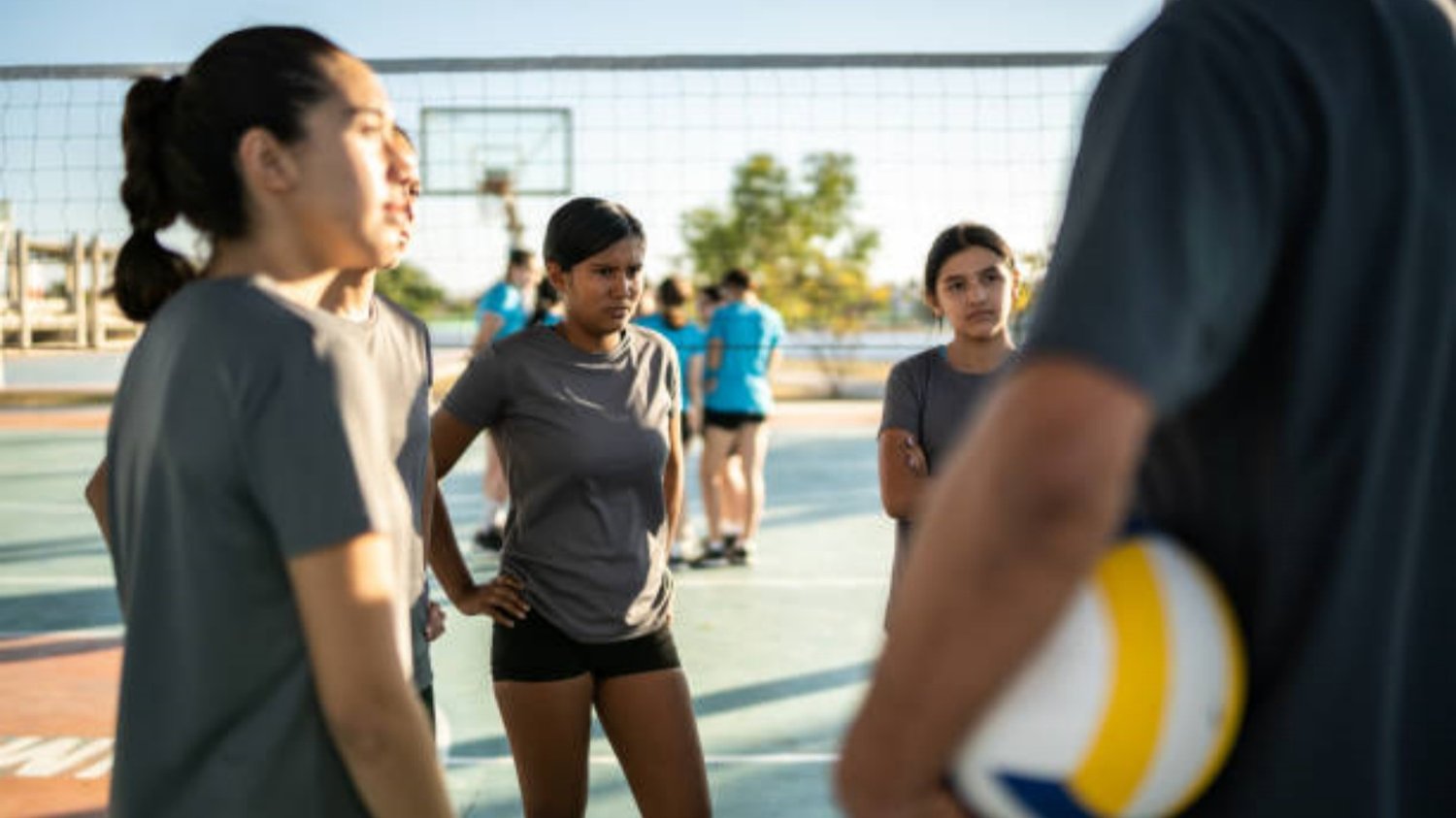Table of Contents

The Evolution of Sitched Volleyball: A Comprehensive Guide
In the world of sports, volleyball has gained immense popularity over the years. One particular variant of this beloved game that has caught the attention of enthusiasts is sitched volleyball. In this article, we will explore the various aspects of sitched volleyball, including its history, rules, benefits, and more. So, let's dive right in!
The Origins of Sitched Volleyball
Sitched volleyball, also known as "stitch volleyball," is a modified version of traditional volleyball. It originated in the late 20th century when players introduced a unique stitching pattern to the ball. This stitching technique significantly altered the dynamics and characteristics of the ball, making it more suitable for specific playing styles and environments.
The Unique Features of a Sitched Volleyball
A sitched volleyball stands out from its traditional counterpart due to its distinct features. The stitching pattern on the ball creates a textured surface, providing players with better grip and control. This enhanced grip allows for improved accuracy and spin on shots, making the game even more exciting and challenging.
The Rules of Sitched Volleyball
The rules of sitched volleyball closely resemble those of traditional volleyball. The game is played between two teams, each consisting of six players. The objective is to score points by grounding the ball on the opponent's court within the boundaries, while also preventing the opposing team from doing the same. The team that reaches a predetermined number of points first wins the game.
The Benefits of Playing Sitched Volleyball
Engaging in sitched volleyball offers numerous benefits for players of all skill levels. Firstly, the textured surface of the ball improves hand-eye coordination, agility, and reflexes. This helps players to develop better motor skills, which can be transferred to other sports as well. Additionally, the increased grip and control of the ball promote better technique and precision in hitting and serving.
Sitched Volleyball: Indoor vs. Outdoor
Sitched volleyball can be played both indoors and outdoors, but there are some notable differences between the two variations. Indoor sitched volleyball is usually played on a hardwood or synthetic surface, which allows for faster gameplay and more controlled movements. On the other hand, outdoor sitched volleyball is often played on sand, which adds an extra element of challenge due to the uneven terrain.
Choosing the Right Sitched Volleyball
When it comes to selecting a sitched volleyball, there are several factors to consider. Firstly, the quality of the stitching is crucial for durability and performance. Look for a ball with tightly stitched seams to ensure it can withstand intense gameplay. Additionally, consider the size and weight of the ball, as these factors can vary based on the age and skill level of the players.
Tips for Improving Your Sitched Volleyball Skills
If you're looking to enhance your sitched volleyball skills, here are some tips to keep in mind. Firstly, practice regularly to develop a strong foundation of fundamental skills, such as passing, setting, and hitting. Additionally, focus on improving your footwork and agility to move swiftly on the court. Finally, watch professional sitched volleyball matches to learn from the best and gain insights into advanced strategies and techniques.
Sitched Volleyball Tournaments and Competitions
Sitched volleyball has gained significant traction in recent years, leading to the organization of various tournaments and competitions worldwide. These events provide players with the opportunity to showcase their skills, compete against top talent, and experience the thrill of high-level sitched volleyball. Participating in such tournaments can be a great way to take your game to the next level and connect with fellow enthusiasts.
The Future of Sitched Volleyball
As sitched volleyball continues to grow in popularity, its future looks promising. The evolving technology and innovation in ball manufacturing are likely to further enhance the gameplay experience. Additionally, with increased recognition and support, we can expect more professional leagues and dedicated training programs to emerge, nurturing talent and pushing the boundaries of the sport.
